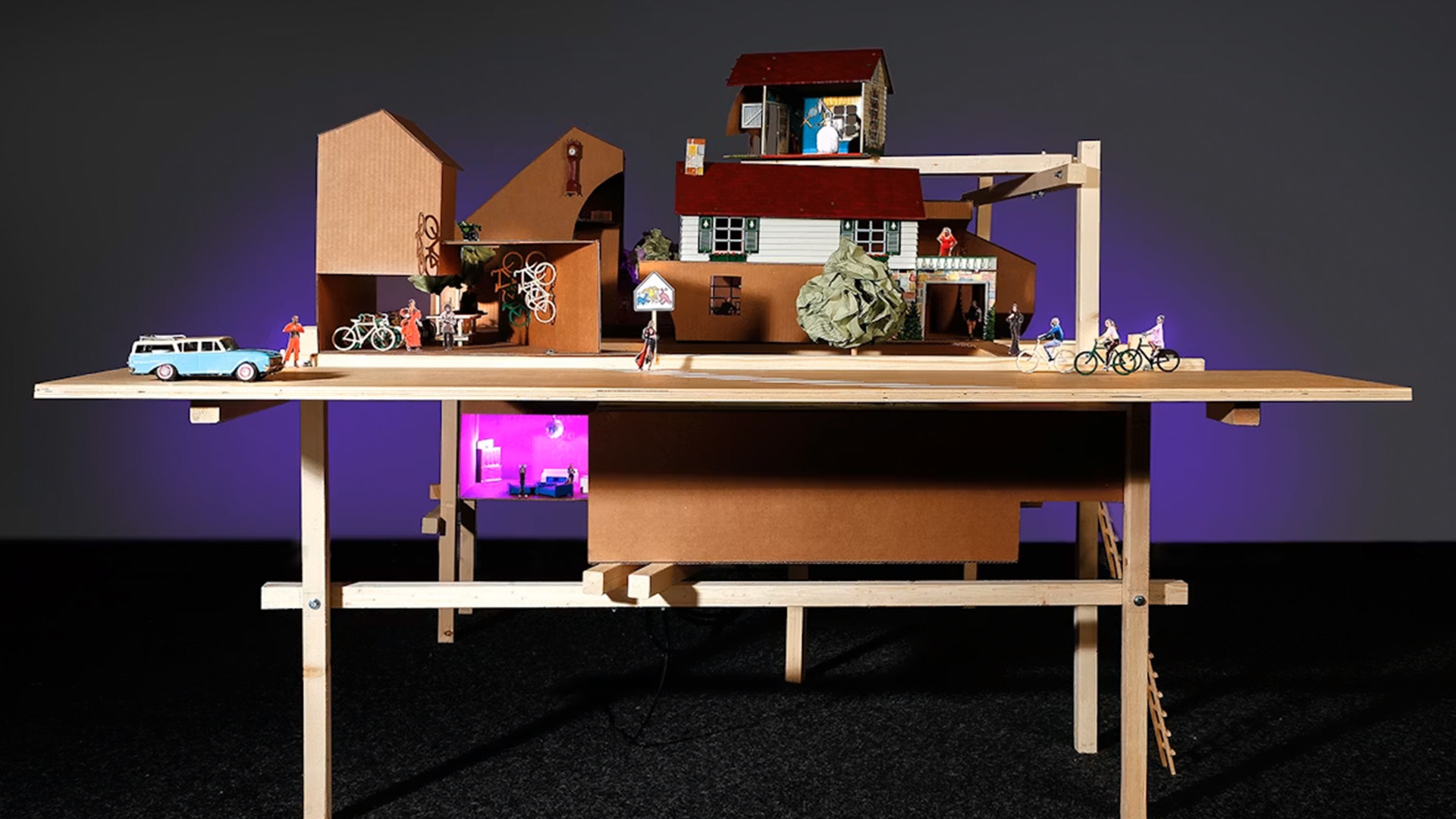Student creates retrofit rainwater harvesting kit to reduce water bills


Northumbria University graduate Hope Underwood has developed a water harvesting system that can be retrofitted to domestic drainpipes to divert rainwater and use it for flushing toilets.
Underwood set out to develop a practical solution to the growing water scarcity and rising water bills in the UK, which are being exacerbated by climate change.

Designed during her final year on the Design for Industry programme at Northumbria University, the Mains to Rains system comprises a modular, wall-mounted tank that collects and stores water from the downpipe so it can be used to flush the toilet.
Flushing represents the single largest source of domestic water use – roughly 30 per cent of indoor water consumed – meaning most people will flush away as much water in a day as they drink in a month.

Underwood's kit allows people to substitute this water for rain instead of clean drinking water, easing the strain on the UK's water system.
"One of the key findings that pushed this project for me was that by 2050, we will need five billion more litres of water a day," she told Dezeen.

"I thought that finding an alternative way to flush toilets could greatly reduce the strain water companies are going to have in the coming years,"
The project was informed by Underwood's experience of living in flats in the Tyneside area of northern England, where the university is located. These properties typically have toilets at the rear, so the gravity-fed tanks could easily be located on the outside walls above the toilet.
To install them, a section of the downpipe is removed and a diverter is added that siphons rainwater into the tank via a filter. The tank is also connected to a mains water top-up system that ensures the water supply is always sufficient for its required function.
A calmed water inlet helps to prevent disturbance of sediment at the bottom of the tank, and the system also includes a solenoid valve that stops potable water from being syphoned back into the mains water supply and contaminating it.
The modular tank design allows users to scale the system based on household size and water usage. Multiple 50-litre sections can be combined using a rubber gasket and adhesive to achieve a watertight seal.
Underwood suggested that the government or water companies could offer to subsidise the system, as the long-term benefits of water conservation would cover the costs of these financial incentives.

"Something like Mains to Rains is very interesting as a subsidy would not cost a water company if less water was used as a result – the long-term benefits are better water conservation," a representative of Northumbrian Water told Underwood when approached about the project.
"There is an ambition to help people conserve water. Without schemes that do this, we are headed for water restrictions."
Underwood suggested the cost of the kit could be covered by lowering users' water bills over the course of a year, providing an incentive to purchase.
Users with a water meter fitted would potentially save money on a 'pay as you go' contract due to using less mains water for flushing their toilet.
Mains to Rains was exhibited as a half-scale demonstrator during the New Designers showcase for emerging talent but Underwood hopes to find a partner to develop a functioning product.
"I would definitely like to evolve Mains to Rains further and find ways to apply the same system to houses all around the country as I think it would massively benefit everyone, especially the planet," she said.
Water scarcity is a growing concern for many young people, who will have to live with the consequences of climate change. More speculative student projects tackling this issue include rain-harvesting hats and a fog-collecting jacket.
The post Student creates retrofit rainwater harvesting kit to reduce water bills appeared first on Dezeen.



















































